Review of Ballad of Narayama
Introduction
Keisuke Kinoshita`s 1958 film - based on a 1955 novel by Shichirō Fukazawa, in turn based on an old Japanese folktale - is the story of Orin, a 69-year old Japanese woman who spends the last year of her life trying to sort out the lives of those around her - especially her widower son Tatsuhei - before custom dictates she leaves her small village for the harsh summit of Mount Narayama, a place where villagers go to die once they reach the age of 70.
Which is a little harsh.
Tatsuhei needs a new wife, and she`s happy to tell him she`s found a new one in the form of a recently widowed woman, who`ll be informed she`s getting a new spouse after her 49 days of mourning. She also has to deal with her grandchildren, other villagers and perhaps worst of all, the fact that she`s rather sprightly for her age and no-one headed to Narayama should have a full set of teeth; in fact, she`d rather her frail old body was dragged to the summit like everyone else!
Kinoshita, a veteran director of the Japanese film industry, may not have passed into the pantheon of great Japanese directors to the west, and while he never reached the dizzying heights of Ozu outside his homeland, his five-decade spanning career is fondly remembered by his countrymen, for among other things, the country`s first colour film and an eye for beautiful cinematography. `Ballad of Narayama` itself was the recipient of an award-winning remake in 1983, but the general consensus is that the original, as usual, is best.
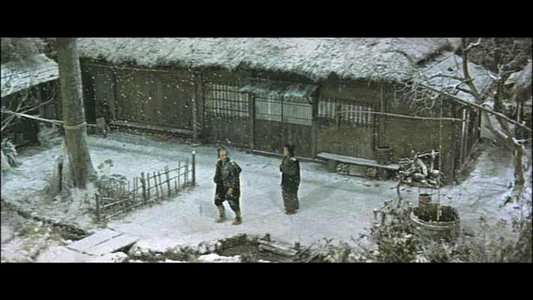
Video
Shot rather handsomely in Shochiku Grandscope (CinemaScope), the 2.35:1 anamorphic presentation is obviously showing various signs of age; the print has clearly faded quite a bit, and there`s noise, grain and dirt aplenty. But it`s half a century old, and in all honesty the transfer could happily hold its own against many Asian films half its age.
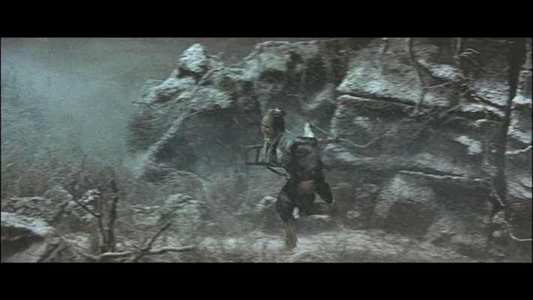
Audio
The Dolby Digital 2.0 is a stereo upmix of the original mono. Not astonishing, in fact, a little crackly a times, but perfectly fine for the film.
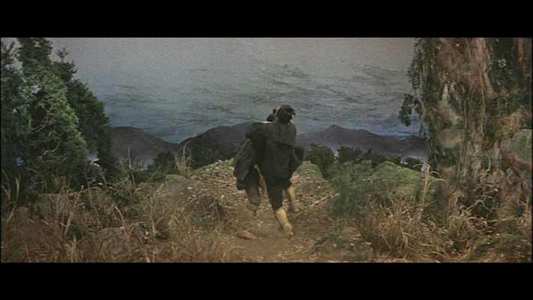
Features
Just an original 1958 theatrical trailer.
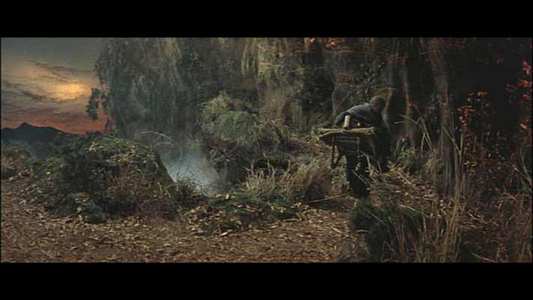
Conclusion
`Ballad of Narayama` is an early collision of musical theatre and cinema, and, far from being the awkward beast that sounds, is in fact a tender, beautifully shot statement on the dichotomy of archaic tradition and everyday culture, with some decent, albeit old-fashioned, theatrical performances, a deserving script and a wonderfully odd musical narrator who progresses the story with song. In fact, considering much of the film`s tone is family melodrama set among village life and the ravages of poverty, it`s remarkable how much solid humour is present throughout, most of it coming from Kinuyo Tanaka as Orin, the elderly matriarch of an extended family, and her interplay with Teiji Takahashi`s Tatsuhei, the mother-son relationship being affectionate, amusing and interesting.
Perhaps the real show-stealers are the sets, though; inventive (at the time) optical illusions, a mixture of exquisitely detailed miniature work and traditional matte painting create a dramatic, stage-like feel, and the transitions between scenes - which often see sliding backdrops reveal new sets and lighting change to alter the mood - show a level of visual inventiveness with the cinema medium which says more about Kinoshita`s eye for aesthetics than the flashiest flash-cut piece of video editing ever could. It`s a lovely film, a real departure from what many directors of the day considered the norm, and its stage-like presence renders it a, somewhat timeless, Japanese classic.

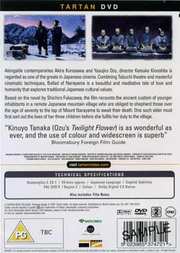





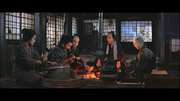

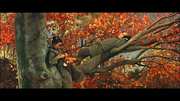
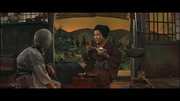


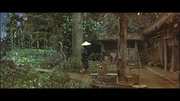
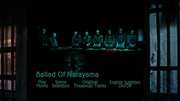
































Your Opinions and Comments
Be the first to post a comment!